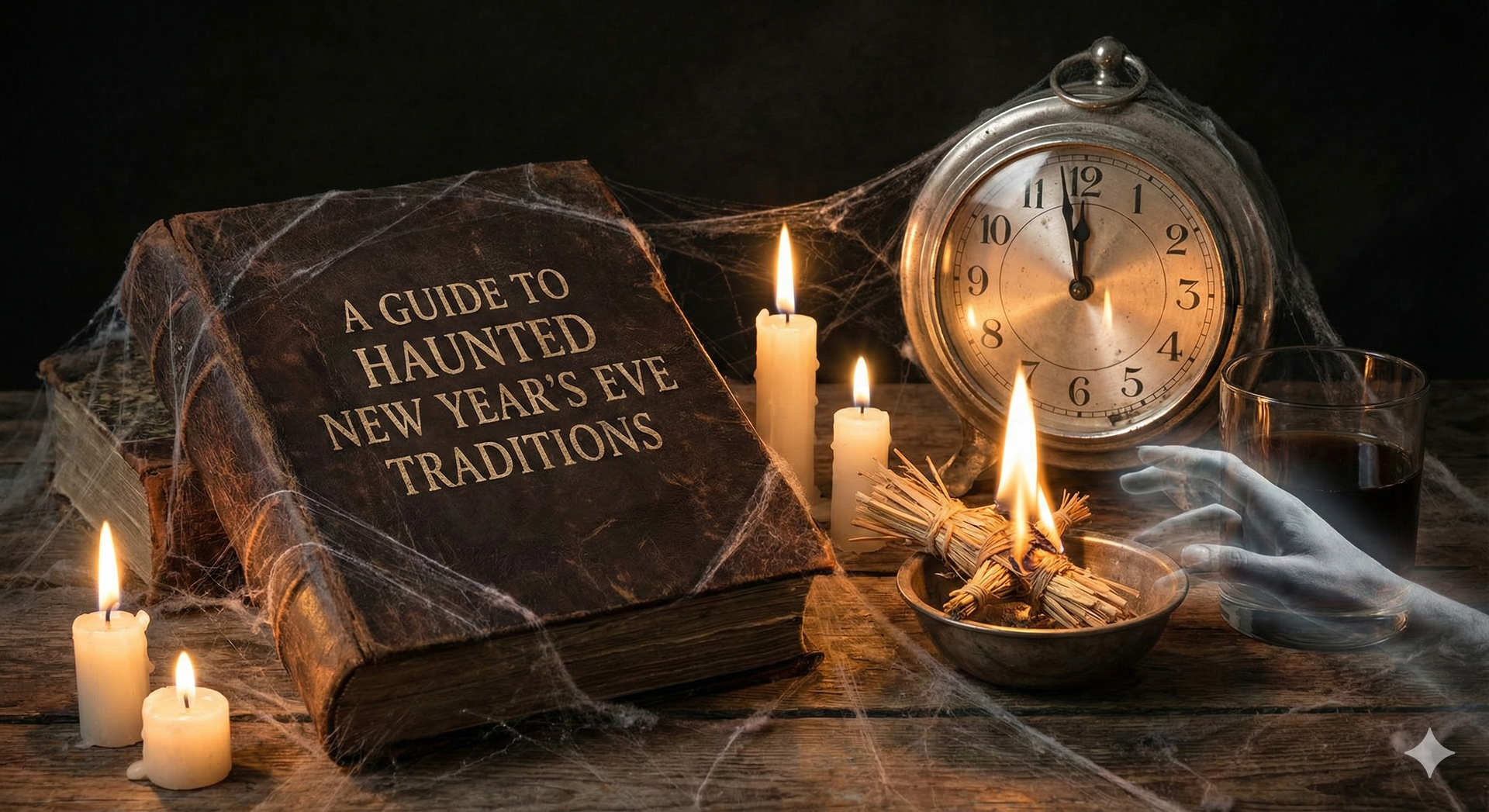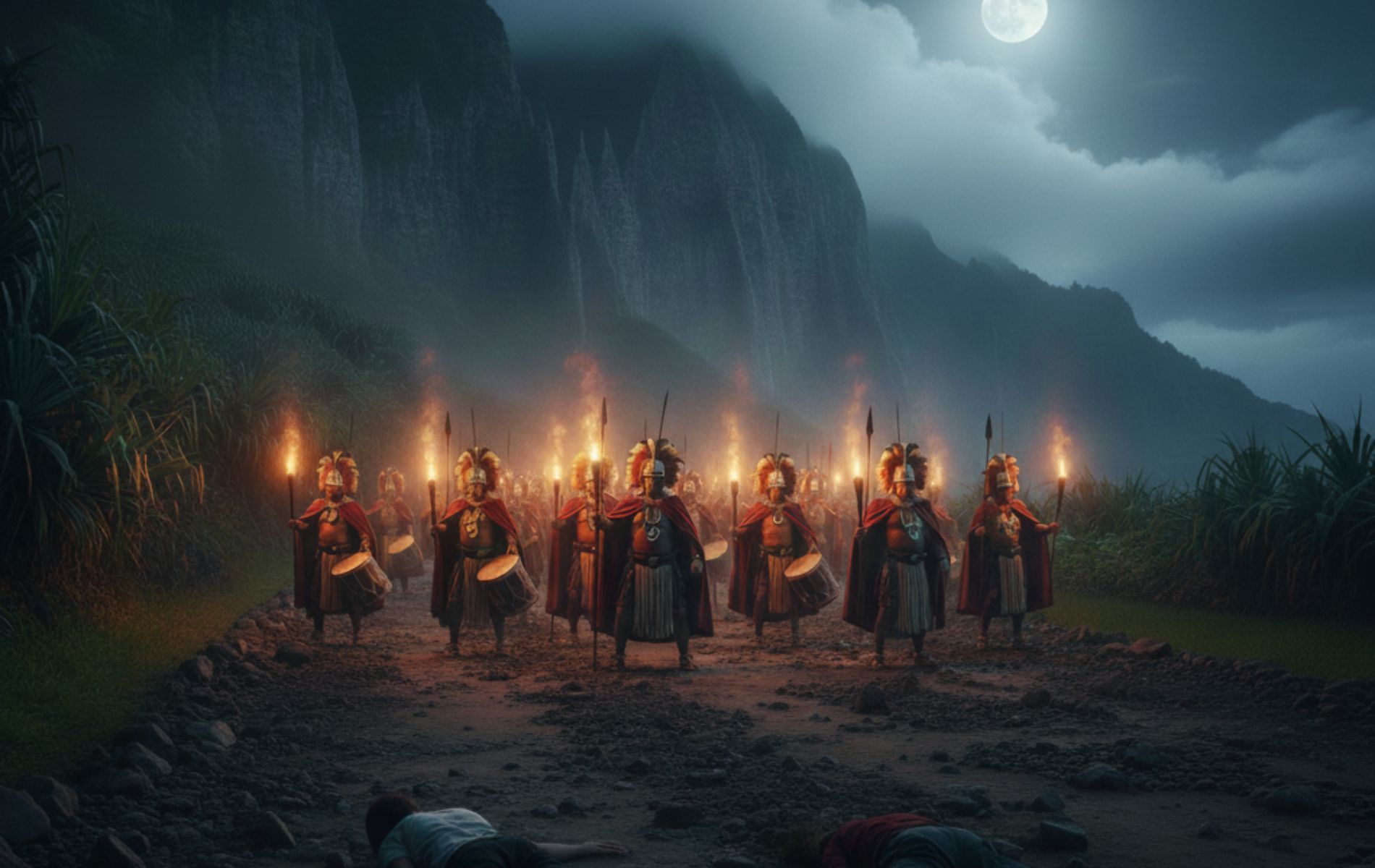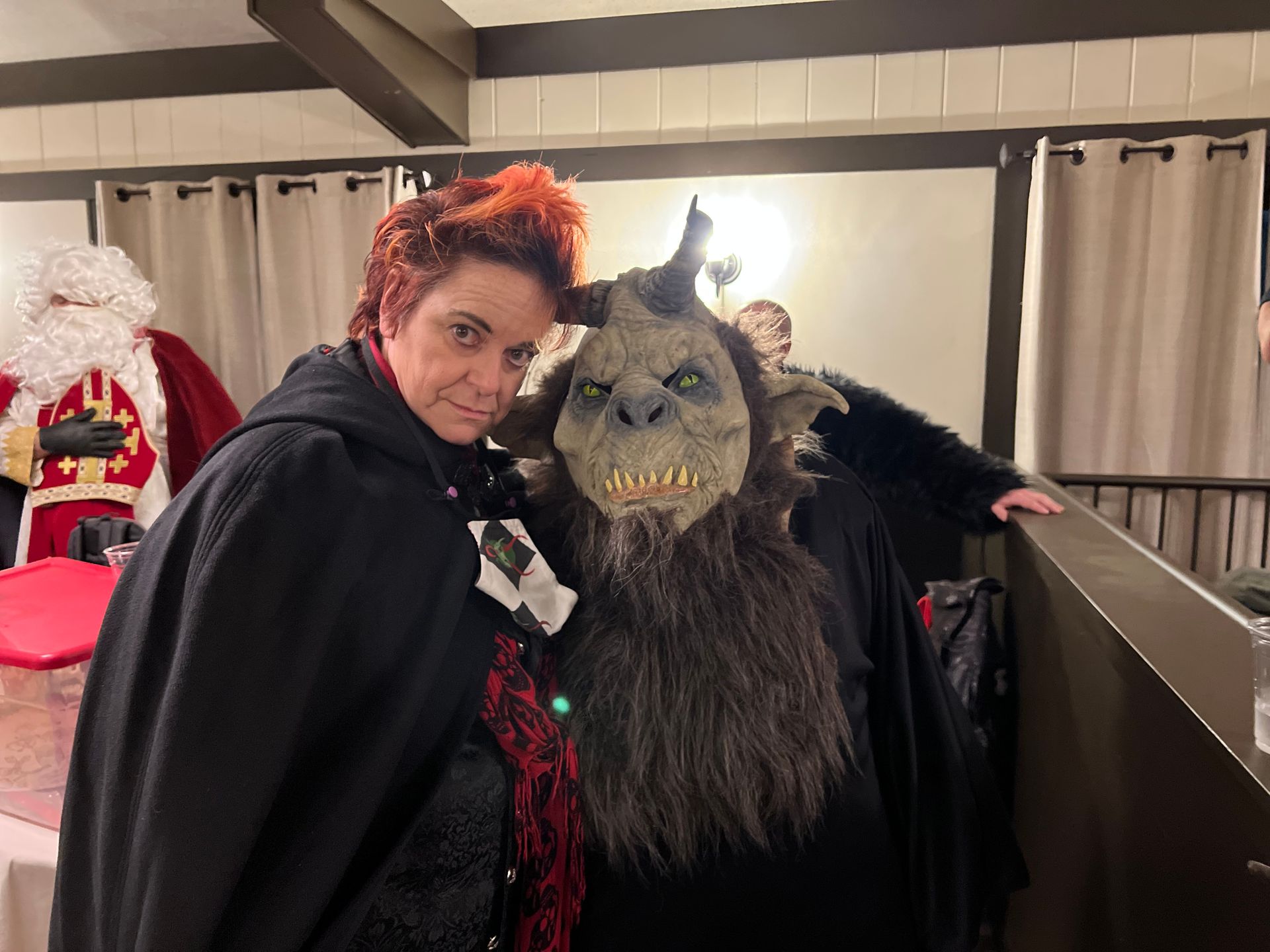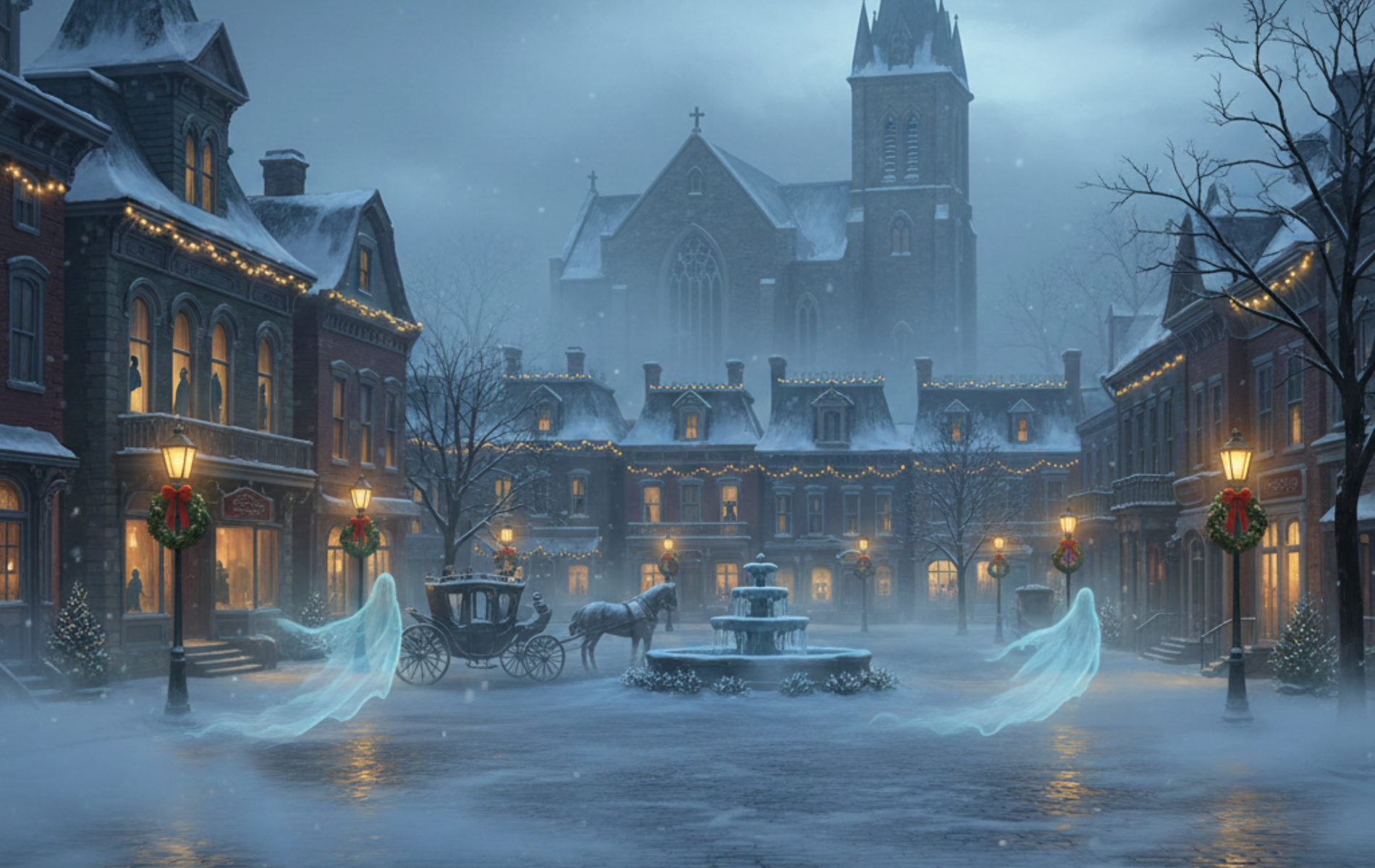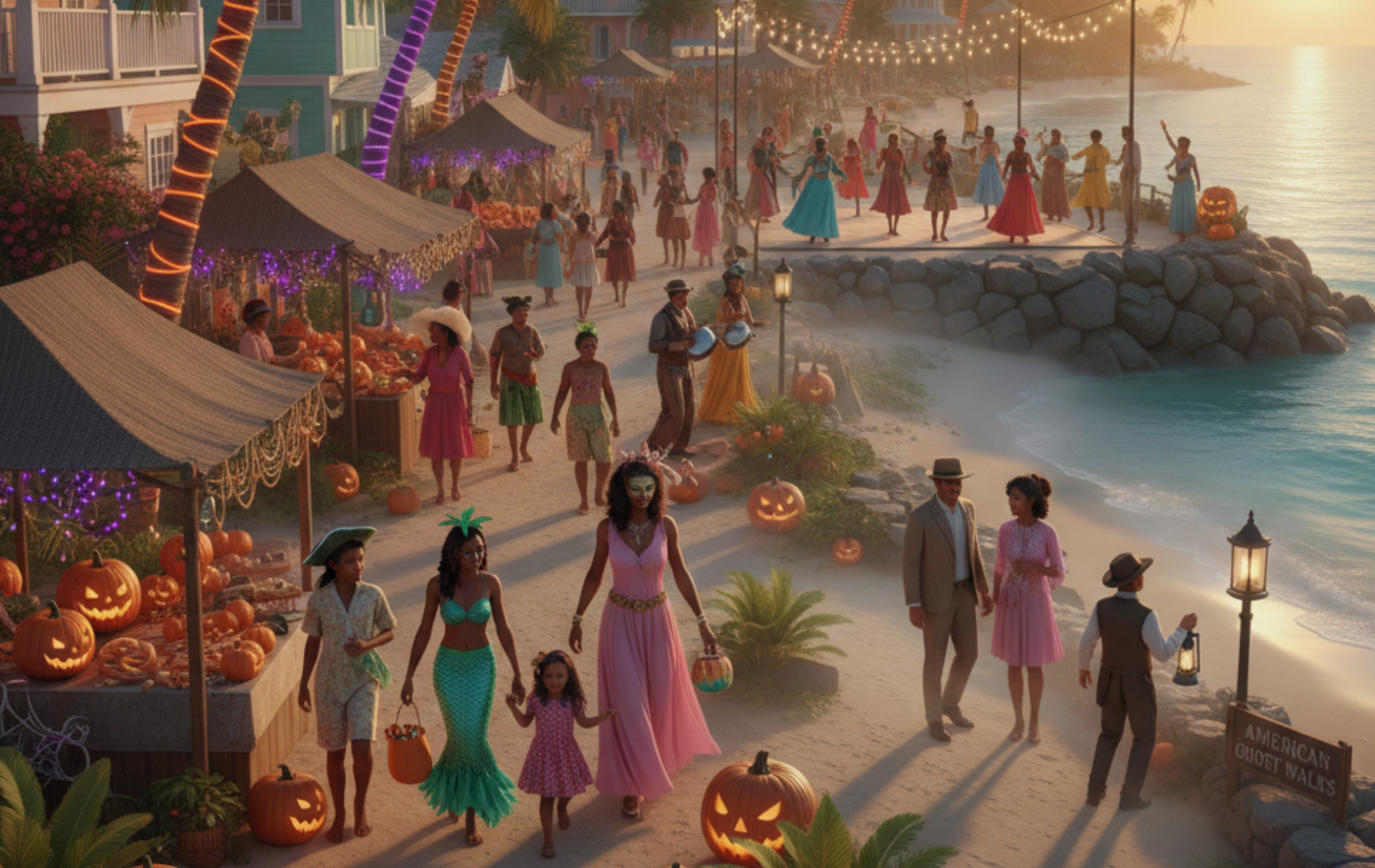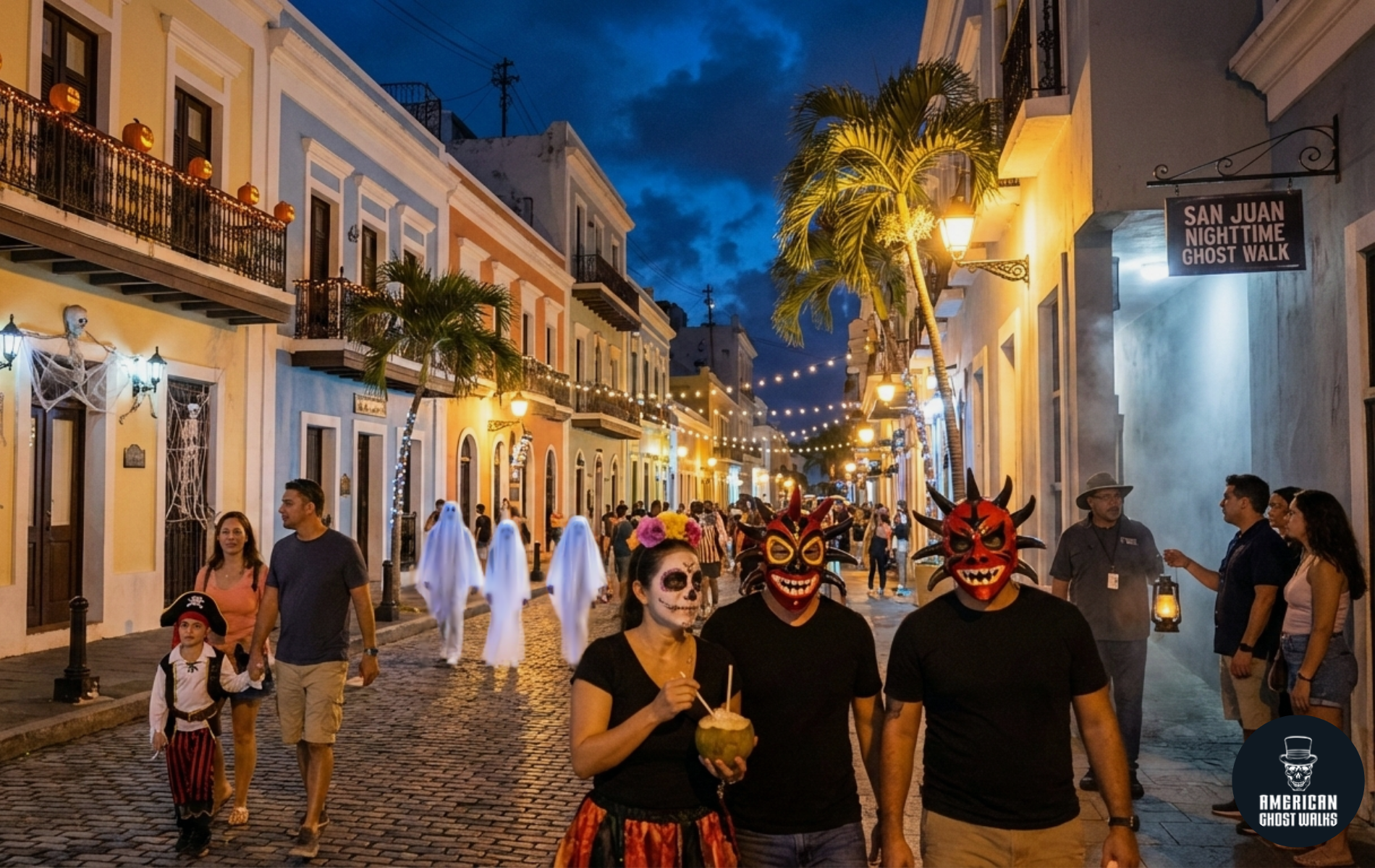The Haunting Legacy: The Ghosts of the Eastland Disaster
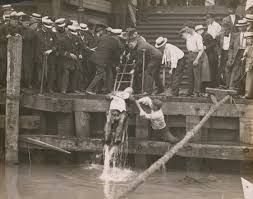
The Tragedy on the Chicago River
On July 24, 1915, the SS Eastland—a passenger steamer—capsized in the Chicago River, resulting in one of the deadliest maritime disasters in American history. The Eastland had been chartered to carry employees of the Western Electric Company and their families to a picnic in Michigan City, Indiana.
Over 2,500 passengers boarded the vessel, excited for a day of leisure. However, tragedy struck when the ship, docked and overloaded with passengers, began to list to one side. Within minutes, it tipped over completely, trapping hundreds of people inside its hull.
The ship had not even left the dock, and yet the toll was catastrophic: 844 men, women, and children lost their lives. The tragedy sent shockwaves throughout the nation, devastating families and the city of Chicago.
The Eastland Disaster became a dark chapter in Chicago’s history, yet it is less remembered today than other major disasters, like the sinking of the Titanic. However, those who study the city’s history know that the ghosts of the Eastland have never truly been laid to rest.
The Aftermath of the Disaster
The immediate aftermath of the disaster saw rescue efforts from firefighters, police, and civilians who rushed to save as many as they could. But for many, it was too late. Bodies were pulled from the river and placed in makeshift morgues, most notably at the Second Regiment Armory, which would later become the site of Harpo Studios, famously associated with Oprah Winfrey’s television show.
The entire city was plunged into mourning. Funerals took place en masse, with whole families being buried together. Legal inquiries ensued, questioning the ship’s design flaws and safety violations that had been overlooked in the rush to meet new maritime regulations. Yet, for all the legal battles and promises of reform, the emotional scars on the city of Chicago remained deep. In the shadow of this disaster, tales of hauntings and restless spirits began to emerge, becoming part of the Eastland's legacy.
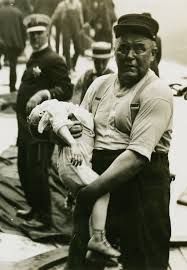
Media’s Role in the Tragedy
The press played a significant role in both documenting and sensationalizing the Eastland Disaster. Newspapers were filled with haunting images of the capsized ship and rows of bodies, stirring public grief and anger. The graphic nature of the coverage brought national attention to the disaster, but it also contributed to the aura of tragedy and mystery that surrounds the event to this day.
Chicago's papers were rife with stories of lost loved ones and heroic rescues, but they also fueled the growing legends of paranormal activity surrounding the event. Reporters described eerie, inexplicable occurrences at the site of the tragedy, fueling speculation that the souls of the victims were still lingering near the river. Over time, these stories evolved into full-fledged ghost stories, passed down through generations of Chicagoans.
Survivor Stories
The survivor stories from the Eastland are harrowing and heart-wrenching. Many survivors spoke of the chaos and terror that unfolded as the ship capsized. Mothers clung to their children, fathers frantically searched for loved ones, and young couples found themselves separated in the rush of water and debris. For those lucky enough to escape, the memories of that day never faded.
One survivor, a young woman named Margaret, recalled the moment the ship began to tip. “We didn’t have time to react. The water was upon us, and suddenly, everything went black,” she remembered years later. Margaret had been one of the fortunate few who managed to escape through a broken window, pulled to safety by a stranger. Yet, she never forgot the faces of those she left behind, the ghosts that haunted her dreams long after that fateful day.
Many survivors carried the trauma with them for the rest of their lives. Their stories, passed down through generations, helped cement the Eastland’s place in Chicago’s haunted history.
In the years following the disaster, paranormal tales began to circulate about the Eastland. Many of these stories are tied to the locations where the dead were taken. Harpo Studios, once the site of the Second Regiment Armory, was rumored to be one of the most haunted places in Chicago. Staff members reported strange noises, ghostly apparitions, and unexplained occurrences during the years that the studio operated there. Employees frequently mentioned hearing the sounds of children laughing or crying—eerily reminiscent of the many young lives lost in the disaster.
Another haunted location is along the banks of the Chicago River itself. People walking near the site of the Eastland disaster have claimed to feel sudden drops in temperature or hear faint screams from the water. Ghost hunters have investigated the area, reporting unsettling findings—strange audio recordings, sudden equipment malfunctions, and unexplained cold spots.
Paranormal Tales and Haunted Locations
In the years following the disaster, paranormal tales began to circulate about the Eastland. Many of these stories are tied to the locations where the dead were taken. Harpo Studios, once the site of the Second Regiment Armory, was rumored to be one of the most haunted places in Chicago. Staff members reported strange noises, ghostly apparitions, and unexplained occurrences during the years that the studio operated there. Employees frequently mentioned hearing the sounds of children laughing or crying—eerily reminiscent of the many young lives lost in the disaster.
Another haunted location is along the banks of the Chicago River itself. People walking near the site of the Eastland disaster have claimed to feel sudden drops in temperature or hear faint screams from the water. Ghost hunters have investigated the area, reporting unsettling findings—strange audio recordings, sudden equipment malfunctions, and unexplained cold spots.

Paranormal Investigations
Over the years, numerous paranormal investigators have delved into the haunted legacy of the Eastland Disaster. Ghost tours in Chicago often include the site as part of their route, and investigators armed with EMF detectors, thermal cameras, and spirit boxes have attempted to communicate with the restless spirits said to inhabit the area.
Several paranormal teams have reported capturing EVPs (Electronic Voice Phenomena) at the site—distorted voices that seem to call out for help or whisper names. Others have captured eerie photos, showing shadowy figures or unexplained orbs of light. Some investigators believe that the sheer magnitude of the tragedy has left a permanent imprint on the city, with the energy of the event lingering long after the victims have passed on.
Why the Eastland Disaster Still Haunts Chicago
The Eastland Disaster continues to haunt Chicago, both figuratively and, according to some, literally. The magnitude of the tragedy, combined with the stories of hauntings, keeps the memory alive in the collective consciousness of the city. Chicago has faced many disasters, but the Eastland stands out not only for the lives lost but for the lasting sense of sorrow and mystery that surrounds it.
The ghosts of the Eastland serve as a reminder of the fragility of life and the devastating consequences of human error. But they also represent the enduring connection between the past and present, with the spirits of those lost continuing to whisper their stories to those willing to listen.
In the end, the legacy of the Eastland Disaster is more than just a historical footnote. It’s a story of life, death, and the haunting echoes of tragedy that still ripple through the heart of Chicago.
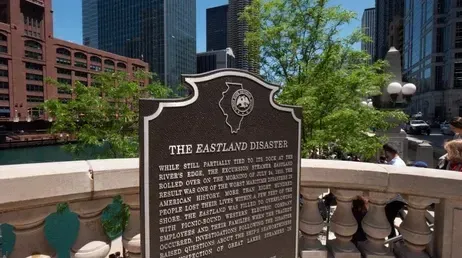
Exploring the Haunted Legacy of Chicago’s Eastland Disaster
Ready to explore the lingering echoes of Chicago's most tragic events? Join American Ghost Walks on the Original Chicago Hauntings Bus Tour to visit the very sites that still bear the scars of history, including the Eastland Disaster. Step into the shadows of the past, where restless spirits and forgotten stories await. Don’t just read about Chicago’s haunted history—experience it firsthand. Reserve your spot today and uncover the eerie truth behind the Eastland Disaster.
Dive deeper into the mysterious world of hauntings with our curated collection of paranormal investigations and ghostly encounters. Read more stories like this in “Ghosts of Lincoln Park: A Chicago Hauntings Companion” by Ursula Bielski, a book of downtown Chicago ghost stories written by our own American Ghost Walks team. Click here for more.
Dive deeper into the mysterious world of hauntings with our curated collection of paranormal investigations and ghostly encounters. Read more stories like this in “The Original Chicago Hauntings Companion” by Ursula Bielski, a book of Chicago ghost stories written by our own American Ghost Walks team. Click here for more.
Are you fascinated by the supernatural and craving more spine-tingling tales? Whether you're a skeptic seeking evidence or a believer looking for your next supernatural fix; "American Ghost Books" offers everything from historical haunted locations to firsthand accounts of paranormal experiences. Each book has been carefully selected to provide authentic, well-researched stories that will keep you turning pages well into the night. Don't let your curiosity about the supernatural remain unsatisfied – explore our collection and find your next ghostly adventure today!

